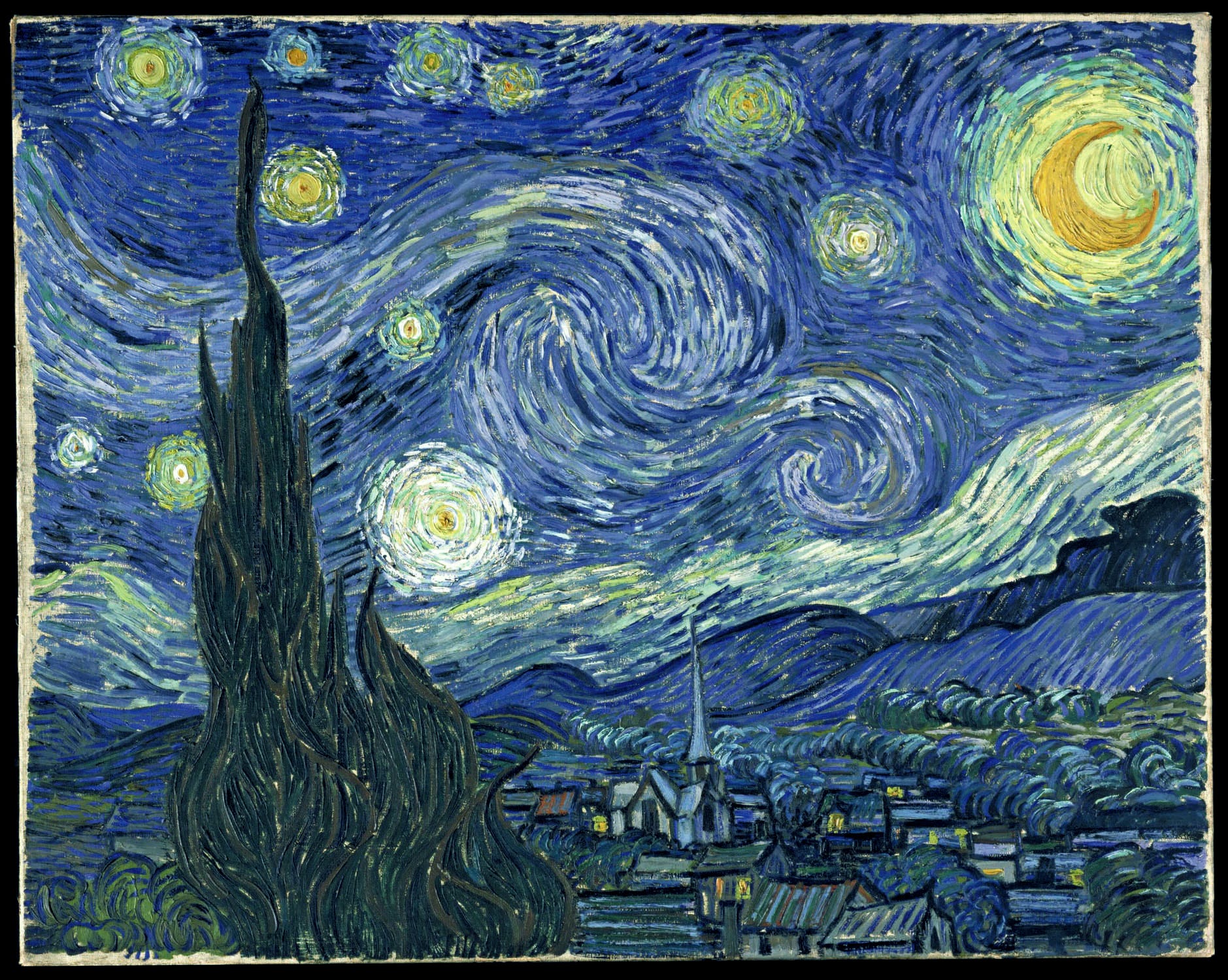
Member-only story
How Van Gogh Painted The Starry Night Painting
Van Gogh Used Indian Yellow Pigment Made from Cow Urine in Bihar
“I don’t know anything with certainty, but seeing the stars makes me dream. ”- Van Gogh.
The Starry Night is an oil-on-canvas painting by the Dutch Post-Impressionist painter Vincent van Gogh.
It is the world’s most recognized piece of art that was painted by Vincent van Gogh in 1889.
It’s an imaginary view from a lonely window of his asylum in Southern France.
Van Gogh’s ‘The Starry Night’ Used Indian Yellow Pigment Made from Cow Urine in Bihar
The Indian yellow is a strong luminescent pigment used by many European artists for its tinting properties, but as the name suggests, it was an exotic import from India. It was also used by British artists heavily to color native subjects.

The origins and components of this yellow are surrounded by mystery.
For years, soft yellow lumps arrived in sealed packages at the London docks from Calcutta in India and addressed to Messers Winsor & Newton.
The precise ingredients were not known, but they had a strong odor of ammonia and were suspected of containing snake urine or ox bile, camel urine.
The original Indian Yellow pigment can be found in the Winsor & Newton archive…
And helped our chemists to develop colors of similar lightfastness and intensity in 1996.
The modern formula is, of course, cruelty-free and AP-certified.
Available in oil and watercolor ranges, the new Indian Yellow is a warm golden yellow with excellent transparency — a staple color in any artist’s palette.
I love the color yellow. It is present in most of my paintings.
The painting is an imaginary view from a lonely window of his asylum in Southern France.
